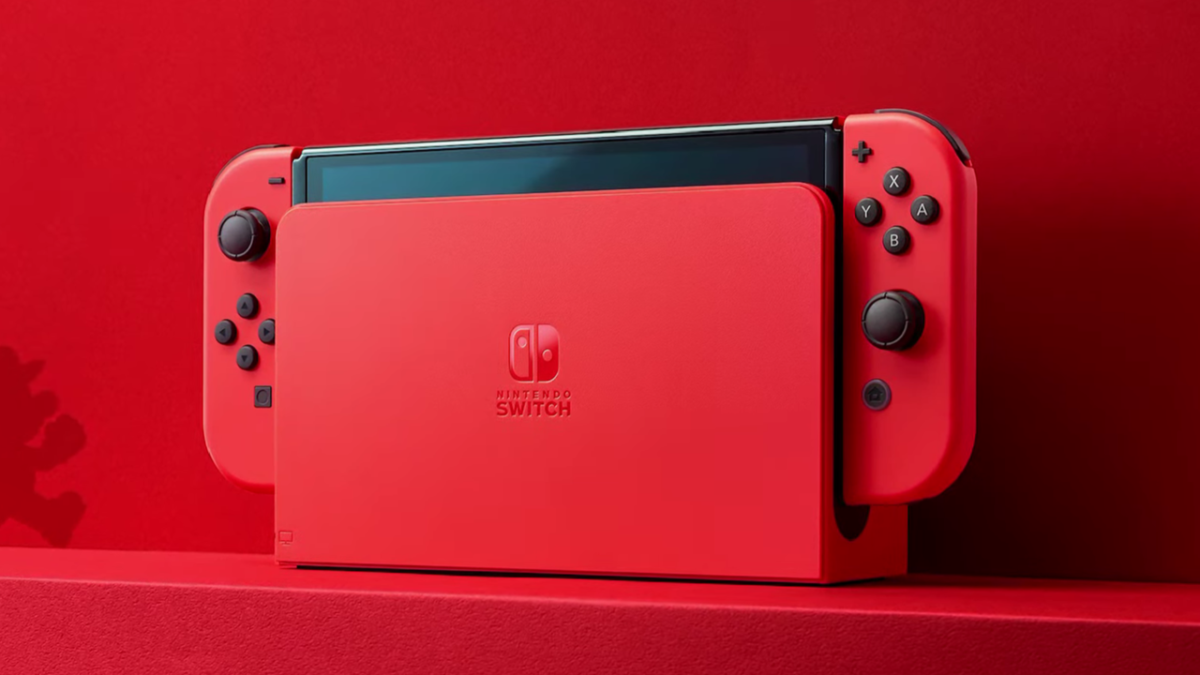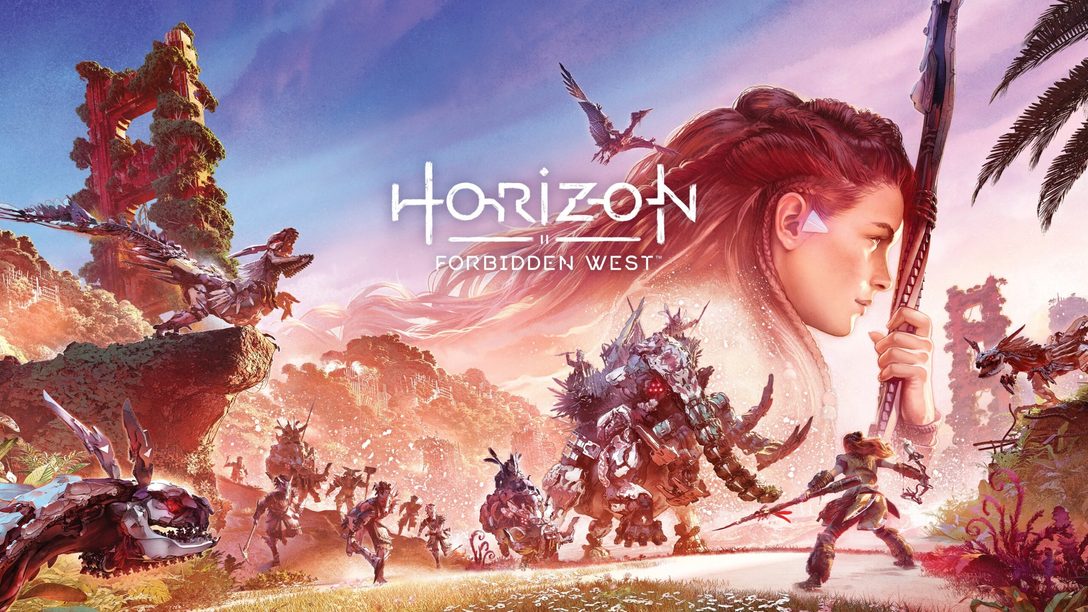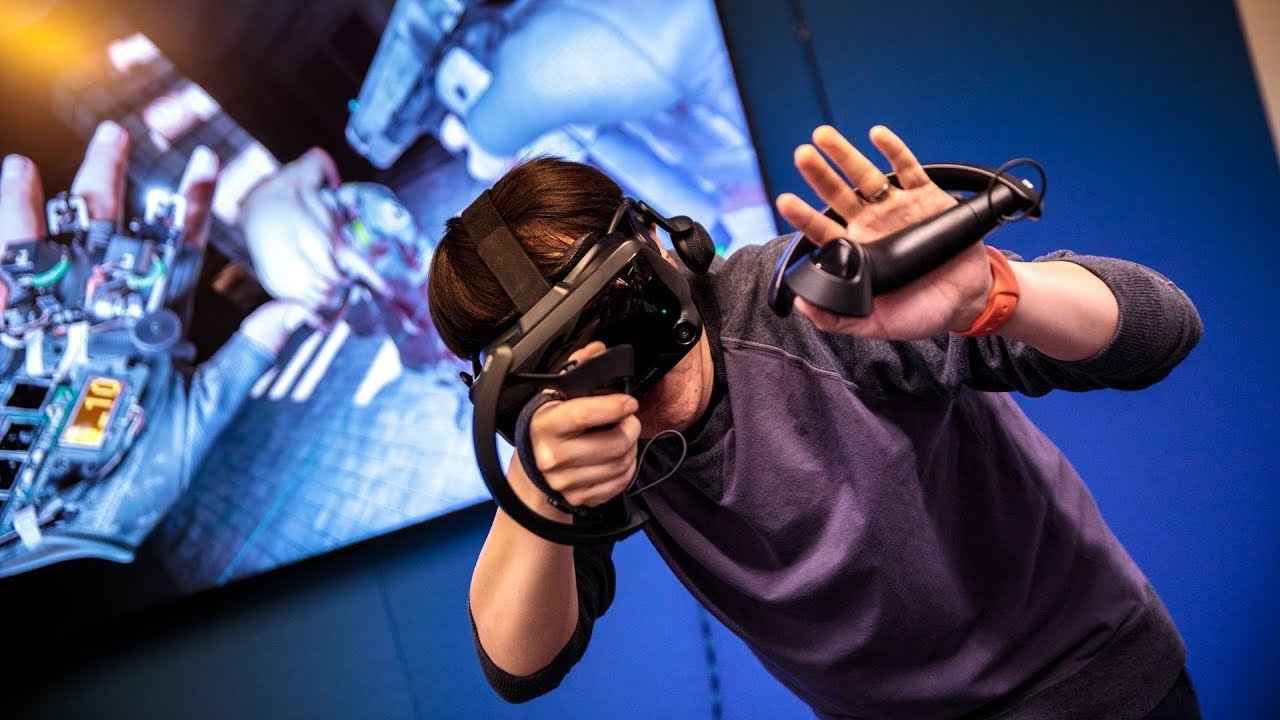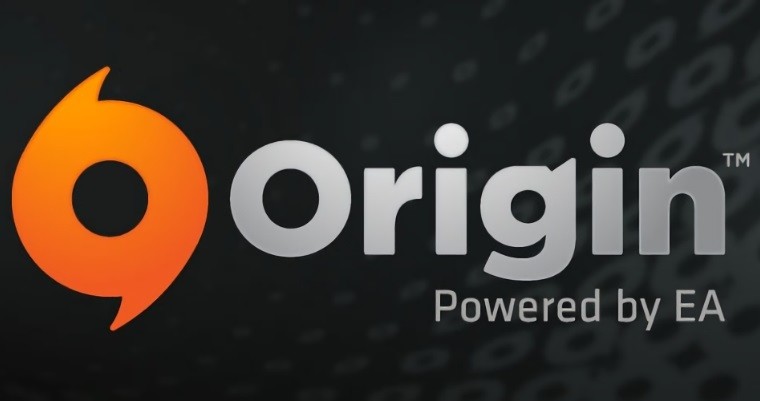Nintendo’s Upcoming Switch Successor Faces Potential Limitations in Graphics Enhancement Technology
In the realm of gaming speculation, details about the highly anticipated successor to the Nintendo Switch remain scarce. However, insiders are suggesting that Nintendo is poised to once again collaborate with Nvidia for the hardware, and intriguingly, the console may debut with support for DLSS 3.5, according to recent rumors. DLSS, or Deep Learning Super Sampling, allows the console to render content in lower resolutions and then upscale it, optimizing performance while still achieving impressive visual results.
Yet, signs are emerging that the excitement surrounding the new console may be tempered. In the latest Digital Foundry podcast, Richard Leadbetter, known for his reliable industry sources, indicated that this DLSS solution seems to be confined to 1440p. Specifically, he highlighted the absence of a “Deep Learning Accelerator (DLA)” in Nintendo’s chosen hardware, a component that would otherwise make DLSS less demanding for the system:
“There was the question mark over the cost of DLSS and whether Nintendo is going to include a Deep Learning Accelerator similar to the one that was in the T234 [GPU], which would effectively make DLSS ‘free’, or at least a lot less computationally expensive. I’ve had sources come forward saying there’s no DLA in the T239, which would limit the viability of DLSS quite significantly.”
Leadbetter estimates that without a DLA, the console’s DLSS capabilities may be restricted, suggesting a target of “like 1080p upscaling, possibly 1440p if you’re lucky, depending on the game.” As Nintendo enthusiasts eagerly await further developments, the potential limitations on the graphics enhancement technology raise questions about the overall visual experience the upcoming console will deliver.
Source: VGC



